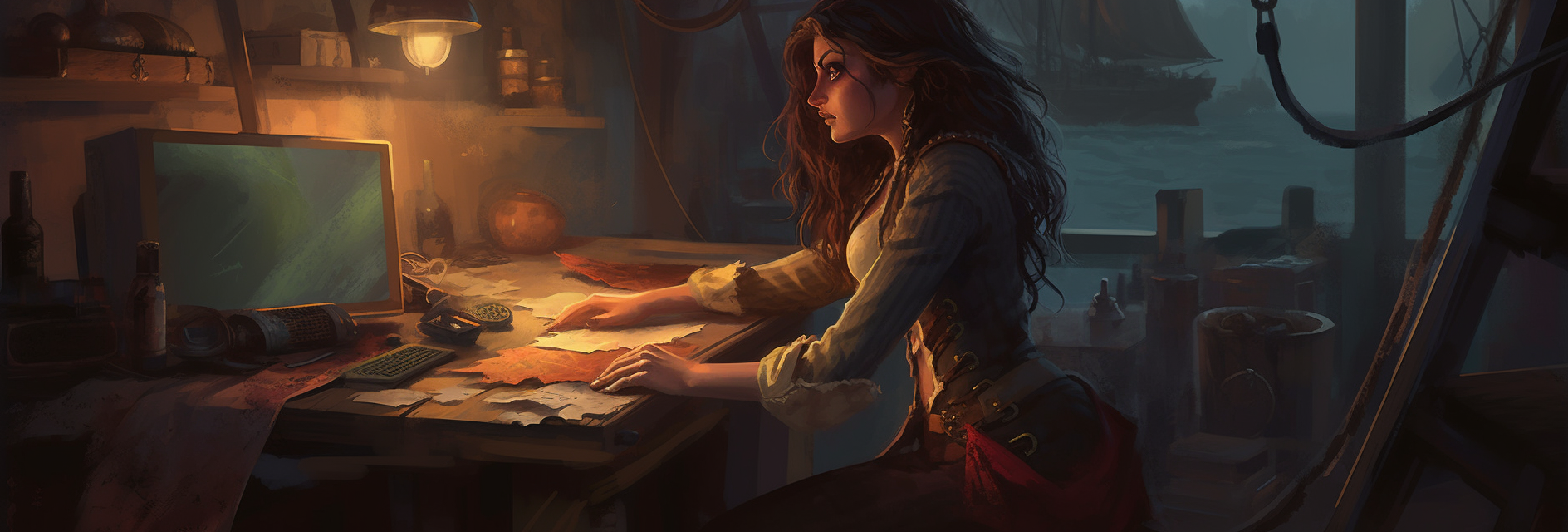Explanation of the @Produces Annotation

Ahoy, me hearties! Welcome aboard to another tutorial on Java development with a pirate twist. Today, we be talkin’ about the @Produces annotation in CDI.
Have ye ever wanted to create an instance of a bean that the container can’t instantiate by itself? Fear not, for the @Produces annotation is here to help ye!
Using the @Produces Annotation
The @Produces annotation allows ye to specify a producer method that creates an instance of a bean. This is particularly useful when ye need to create a bean that requires some kind of initialization that the container can’t handle, such as a database connection or a specific configuration.
To use the @Produces annotation, ye need to create a method that returns an instance of the bean ye want to produce. This method can take parameters that are injected by the container, allowing ye to create the bean instance with the necessary dependencies.
For example, let’s say ye have a PirateShip class that requires a Crew instance to be instantiated. Ye can create a producer method like this:
@Produces
public PirateShip producePirateShip(Crew crew) {
return new PirateShip(crew);
}
In this example, the producePirateShip method takes a Crew parameter that is injected by the container. The method then creates a new instance of the PirateShip class and returns it.
Ye can also specify a custom scope for the produced bean by adding a scope annotation to the producer method. For example, if ye want the PirateShip instance to be a request-scoped bean, ye can add the @RequestScoped annotation to the producePirateShip method.
@Produces
@RequestScoped
public PirateShip producePirateShip(Crew crew) {
return new PirateShip(crew);
}
With the @Produces annotation, ye have full control over how a bean is instantiated and initialized. Ye can create beans that require custom initialization logic or use external resources, such as databases or web services.
Conclusion
Well, me hearties, that be all for the @Produces annotation in CDI. We hope ye enjoyed this tutorial and learned how to create beans that require custom initialization logic. Remember to always keep yer code shipshape and Bristol fashion!
Until next time, fair winds and following seas!